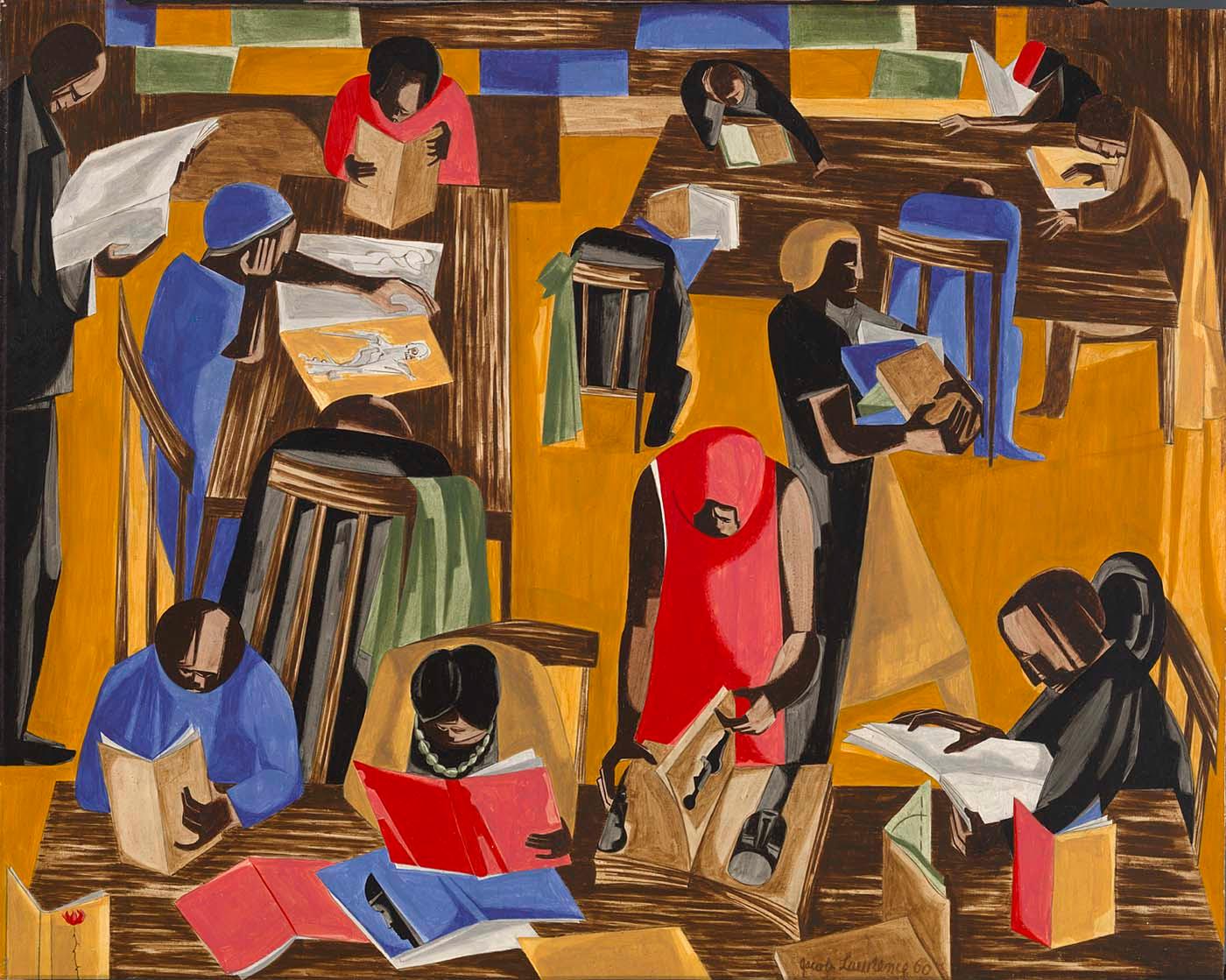
African American Fine Art And The Harlem Renaissance
Fine art collecting is a major industry as well as a hobby today, purely and simply because of the sheer amount of money that is poured into the arts as a result of it. New talented artists develop as a result of the hunger for good art today, and that can only be a good thing because those individuals are carrying on the work of the past artists that they aspire to be like. In no race is that more evident than in the African Americans. Past artists did their best to establish a cultural identity away from that imposed on them by whites in the latter part of the 19th Century and earlier part of the 20th Century, and young artists are now establishing their own identity. It is fair to say though, that the Harlem Renaissance established an African American identity that other artists could follow.
The era of the Harlem Renaissance, 1920-40, is one of the most renowned in black art history, and effectively defined as a political, social and cultural beginning in art for individuals that may not have had their voices heard otherwise. As a result, terms such as identity, heritage and cultural consciousness are frequently mentioned, especially concerning cultural, racial and gender boundaries at this time. However, each commentator seems to have a unique perception of these boundaries - where they were, what they meant and the impact they had on black society during this era. This mirrors the attitudes of the artists of the 1920-40 period. The era produced diverse African American work because of their unique perceptions on how best to represent and advance the race - whether it was looking for cultural roots in Africa, portraying modern city life or exemplifying certain members of the race. No one view of the world was the same, even if there were certain common themes to be found between artists.
Artists like Archibald Motley Jnr, Lois Mailou Jones and Doris Ulmann all played a part in ensuring that the African American voice was heard in this period and then continued afterwards to establish the boundaries that they had already set. The art that was produced in this period can certainly be considered as fine art and is now displayed in some of the most visited museums in the world. They arguably began the tradition of African American fine art that continues today and effectively broke into a previously white dominated cultural industry back in their day, although some artists did not get the recognition that they deserved then.
Ullman and other individuals like James Van Der Zee are not artists in the traditional sense of the world but still challenged boundaries like Motley and Mailou Jones. They were photographers and thus it can be argued that their work is not exactly fine art, but within modern boundaries the majority of individuals assoc<span data-mce-type="bookmark" style="display: inline-block; width: 0px; overflow: hidden; line-height: 0;" class="mce_SELRES_start"></span>iated with the arts would accept their work as fine art now. Their photographs are truly astonishing and most definitely works of art.
The era of the Harlem Renaissance was anything but a failure, as some critics have tended to brand it in the past. It built a stable foundation for future African American artists to build upon, and these four artists contributed to that foundation in numerous ways, and they certainly pushed back gender and racial boundaries thus paving the way for a change in attitudes
Website Stores
Two Old Guys Folk Art
Share this:
No comments:
Post a Comment